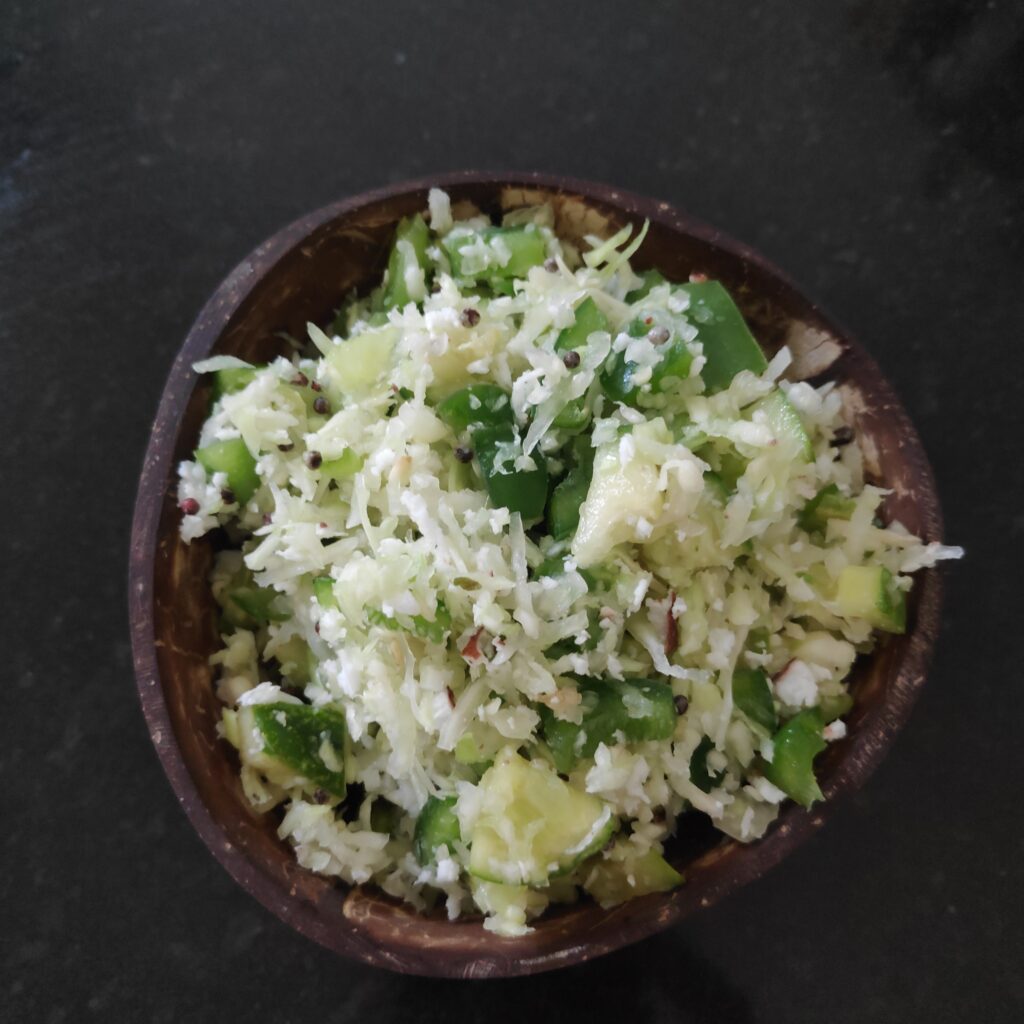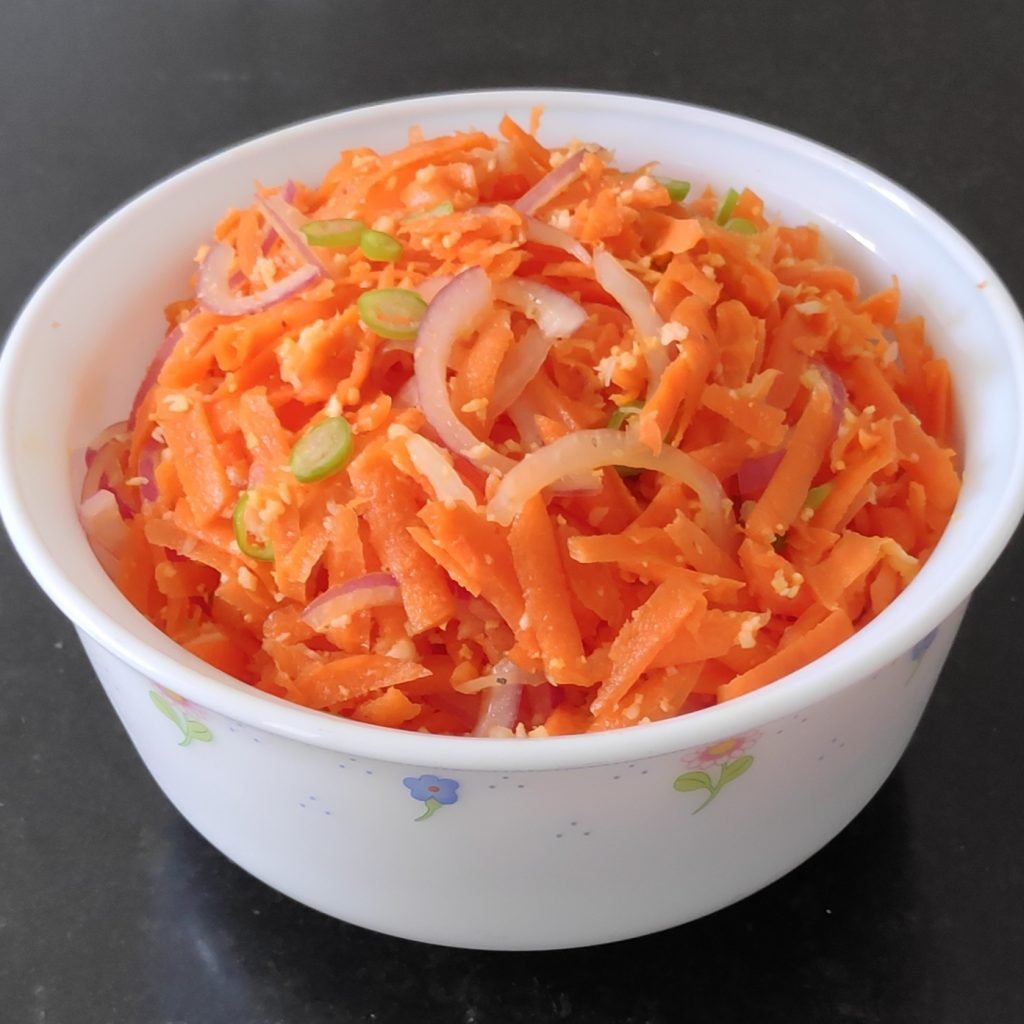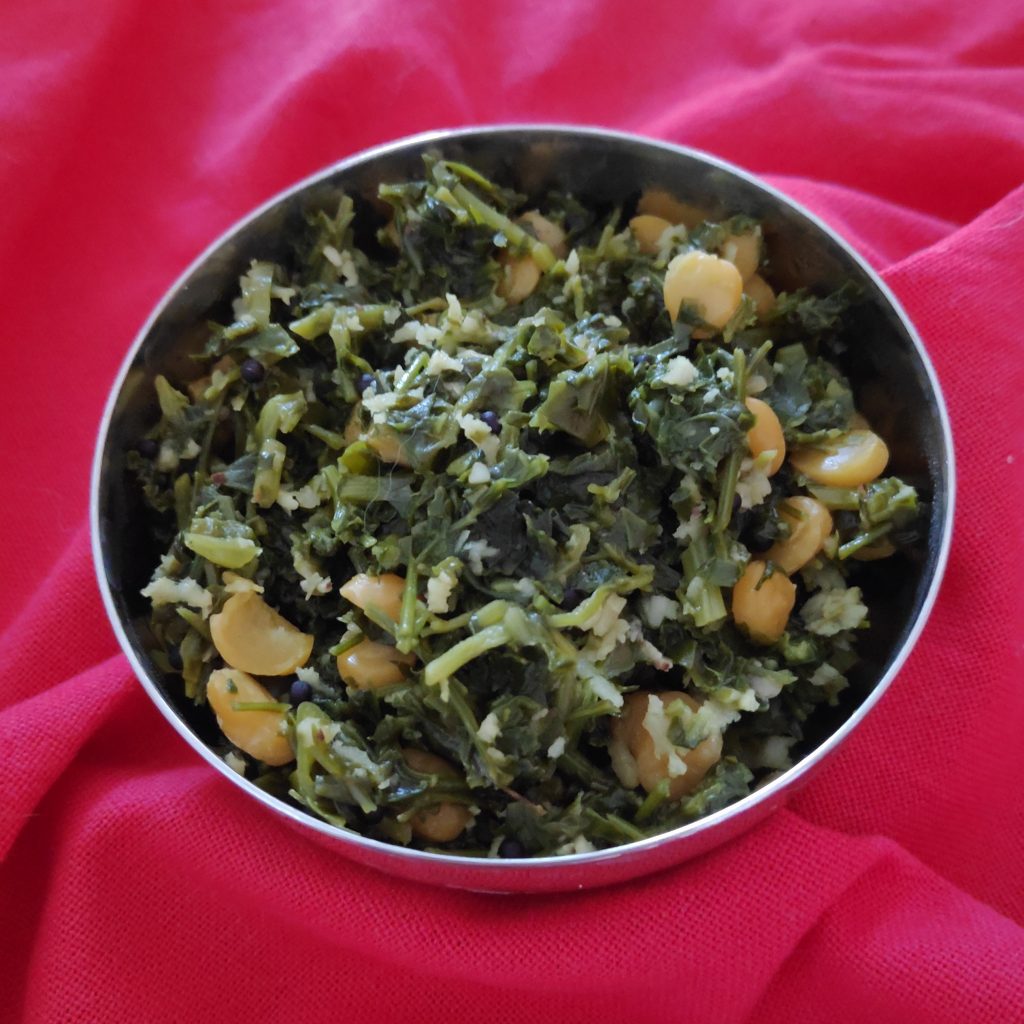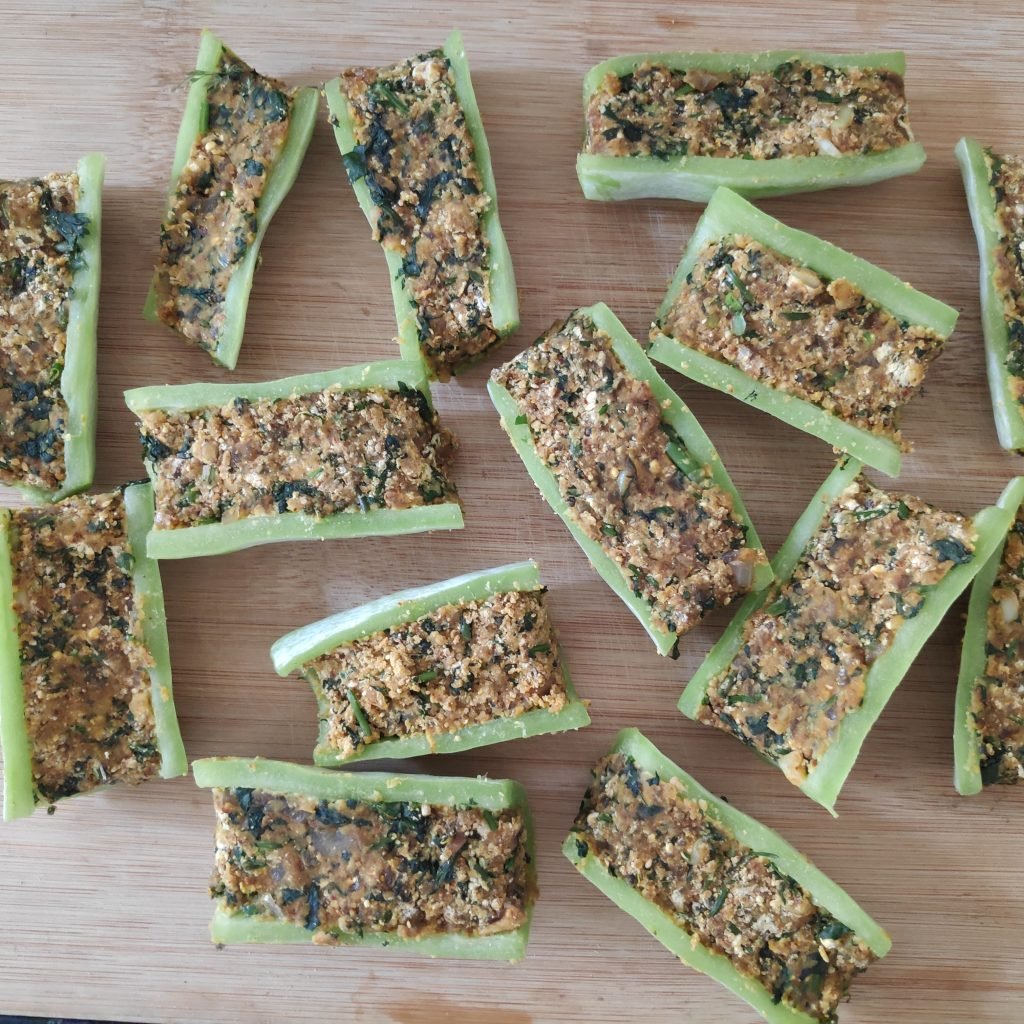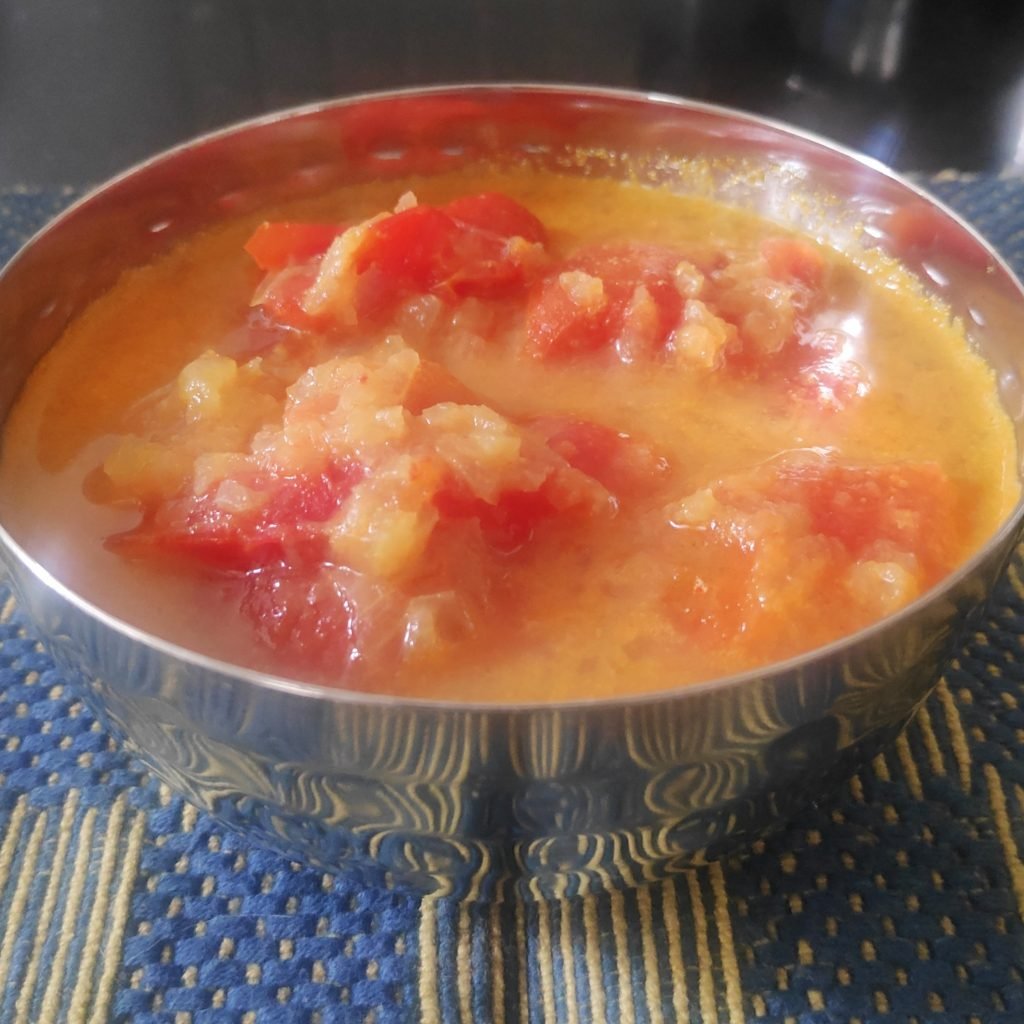
Rajma Punjabi style-1 (Kidney Beans)
Rajma beans are an inexpensive and versatile component of a healthy diet. It is a healthy legume that boosts protein and fibre intake without adding too many calories. About 100 grams of boiled kidney beans will have almost 9 grams of protein. Among legumes, rajma has the richest plant-based protein source. The high content of fiber in kidney beans and the amount of resistant starch helps greatly in weight management and regular consumption of rajma moderates blood sugar levels and promotes colon health. Rajma or kidney beans are high in calcium carbohydrates and have a low glycemic index, which has a beneficial effect on blood sugar balance than any other high-carb foods. Rajma is also rich in folate, iron, potassium, manganese and Vit K. The vitamin B1 in rajma improves cognitive functions and aids the functioning of the brain by enhancing concentration and memory.

